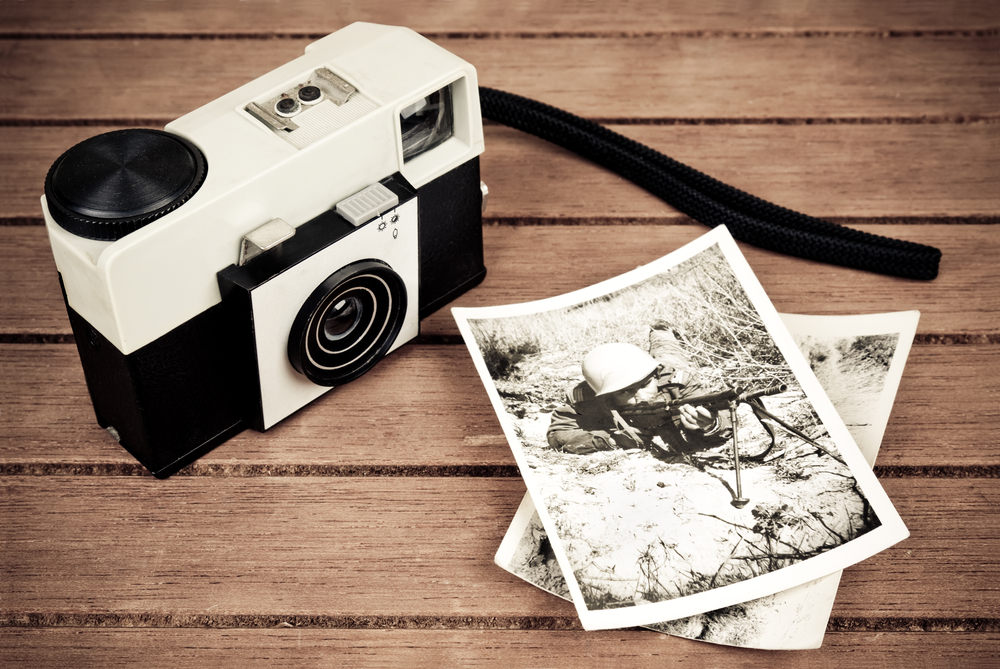
Often when taking a photograph we will experiment with colour; whether that be on our mobile phones or on a camera. Clearly, colour is the standard in the modern world. However, a black and white photograph can sometimes make a picture look better and create more of an impact.
The photographs impact can be hindered by the choice we make. Therefore, we still have the dilemma that photographers had since the early 1800’s of deciding when to use colour and black and white when taking a photograph. It takes a critical eye to make the right decision. To make the final decision, we need to look at the benefits and learn when is best to use each, so we’ve made it easy for you!
The benefits of colour photography:

• Mood: Colour helps to communicate the mood. For example: warm colour tones will convey joy and happiness where cold colours can create the impression of sadness or loneliness.
• Catches the eye: Bright hues highlight an image and draw people in. You can use colour theory to attract the viewer. Contemporary colours, for example, can emphasize relationships.
• Time: Colour helps to judge the time. Autumn leaves are yellow and red, as opposed to green in the summer. Early morning and late evening light is more golden than midday light.
The benefits of black and white photography:

• Timeless: Colour can present an era. Removing the colour makes it more difficult to put an exact date to the photograph.
• Accentuates the light and shadows: Backlit subjects and dramatic shadows are brought to the audience’s attention quickly in black and white images.
• Distance the subject from reality: Humans see the world in color, and a rendition of the world in monochrome makes us pause and look closely.
• Emotional state: Black and white to focus on subjects emotional state so the audience see the subject’s face and read his or her eyes and expression without distraction from colour.
When are the best times to use colour photography?
The best times to use colour photography is when you need colour to tell a story in the photograph. It is also important to use colour when the relationship between the distinct hues in your image are significant to the photograph. If the colour is what defines the subject matter be sure to keep it in. In black and white colours can look the same which can cause a problem for example green and red look the same when in black and white. If there are at least three subjects of the same colour at varying levels then be sure to use colour.
When are the best times to use black and white photography?
You could use black and white photography when you are trying to convey a message in the photograph and the light, form or texture is more compelling than the hues of the subject matter. If you have a lot of tones in your image, they tend to work best in black and white images.